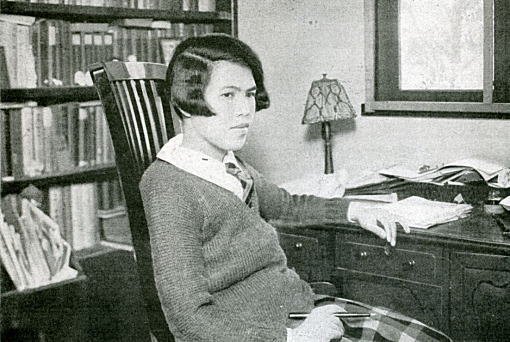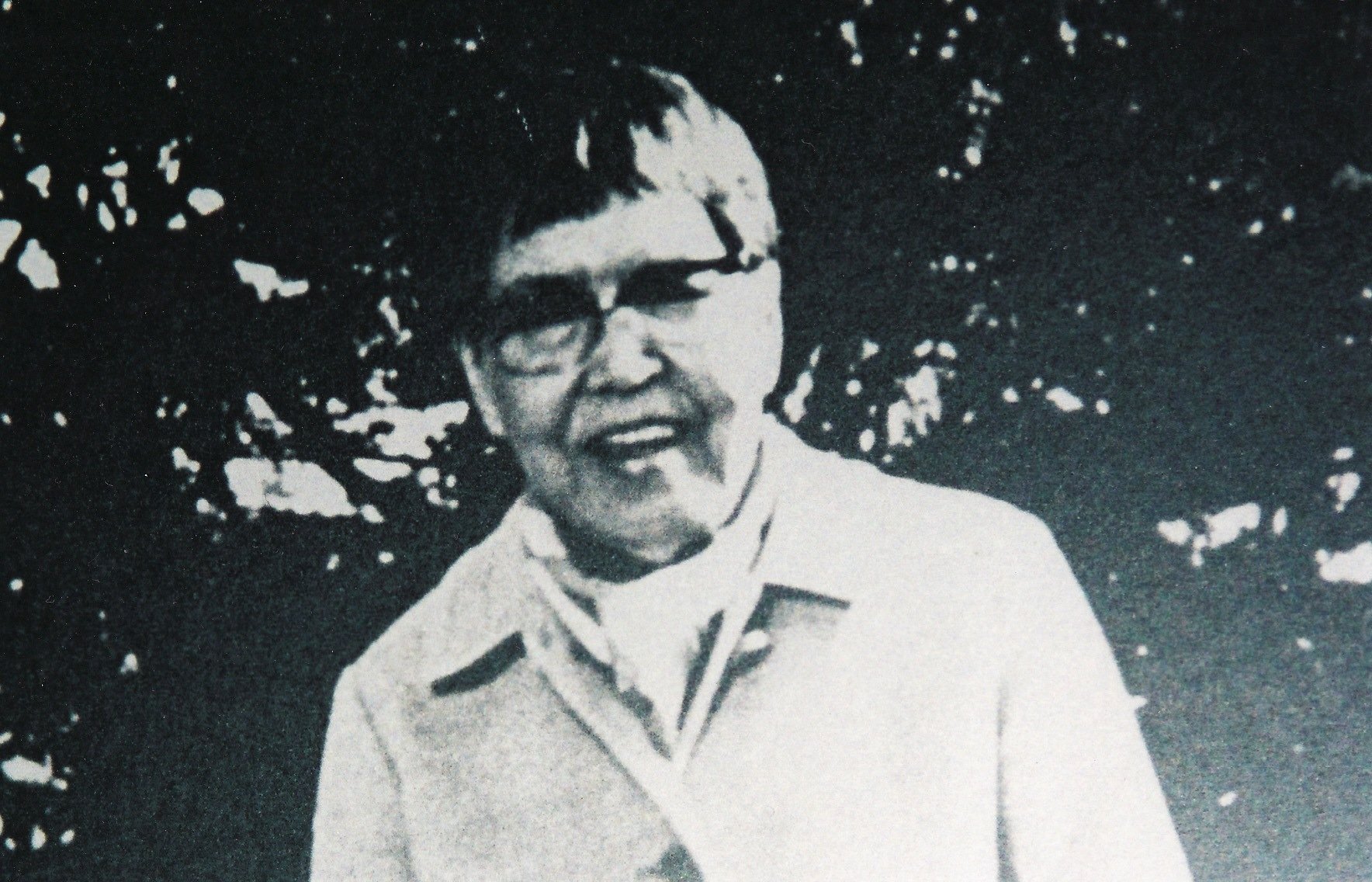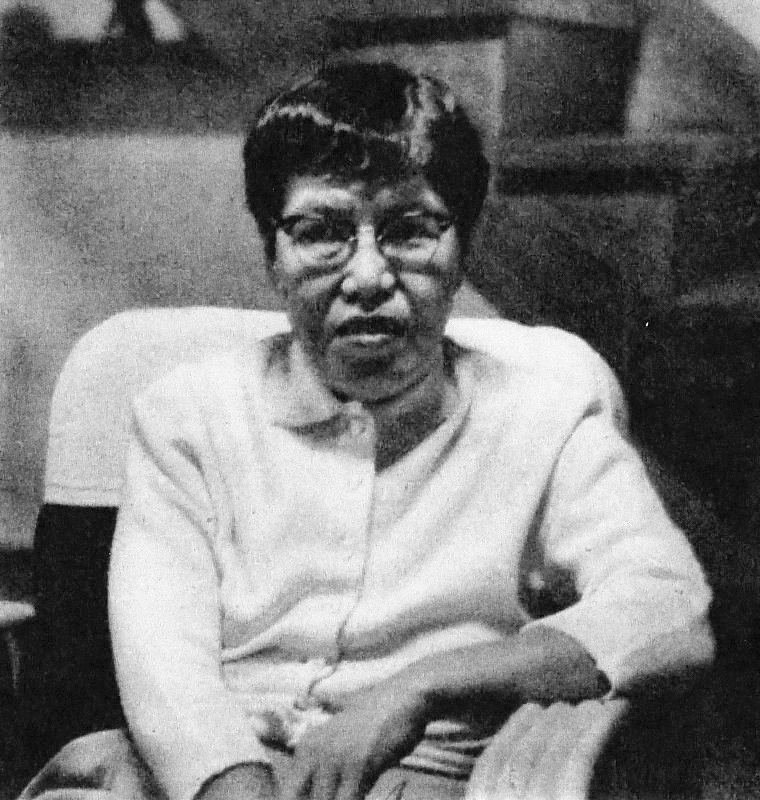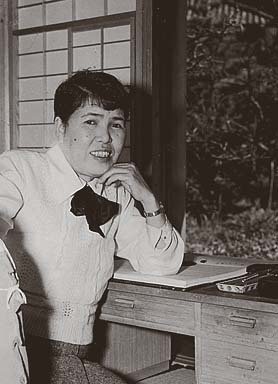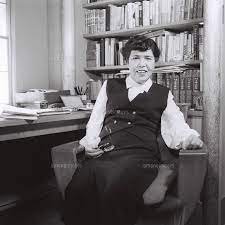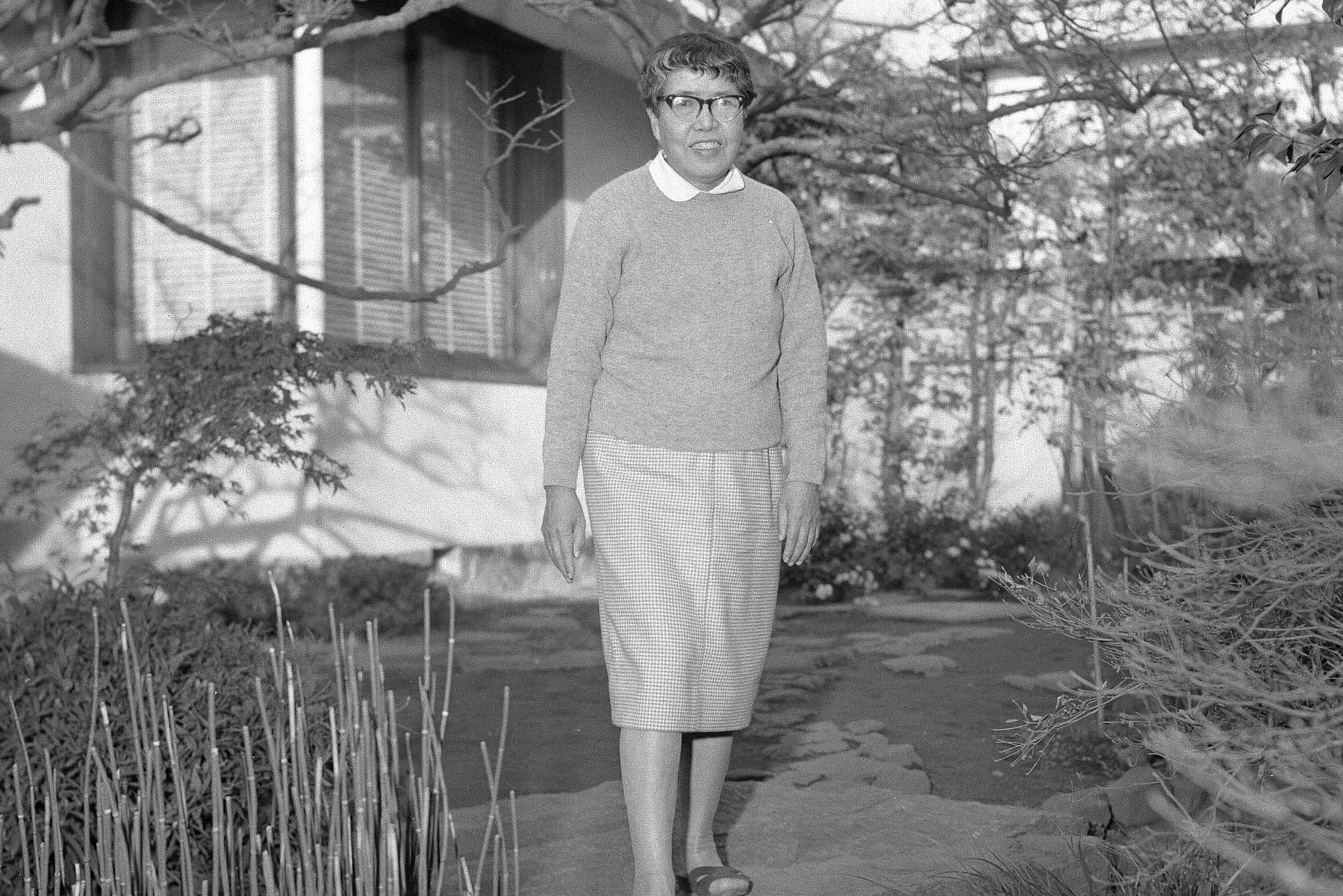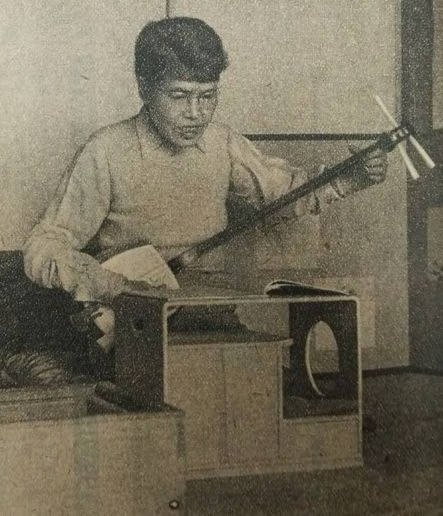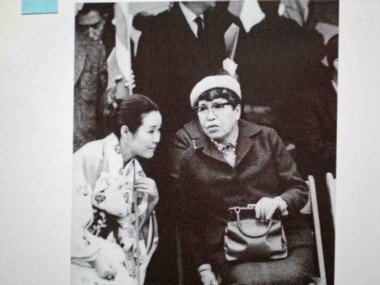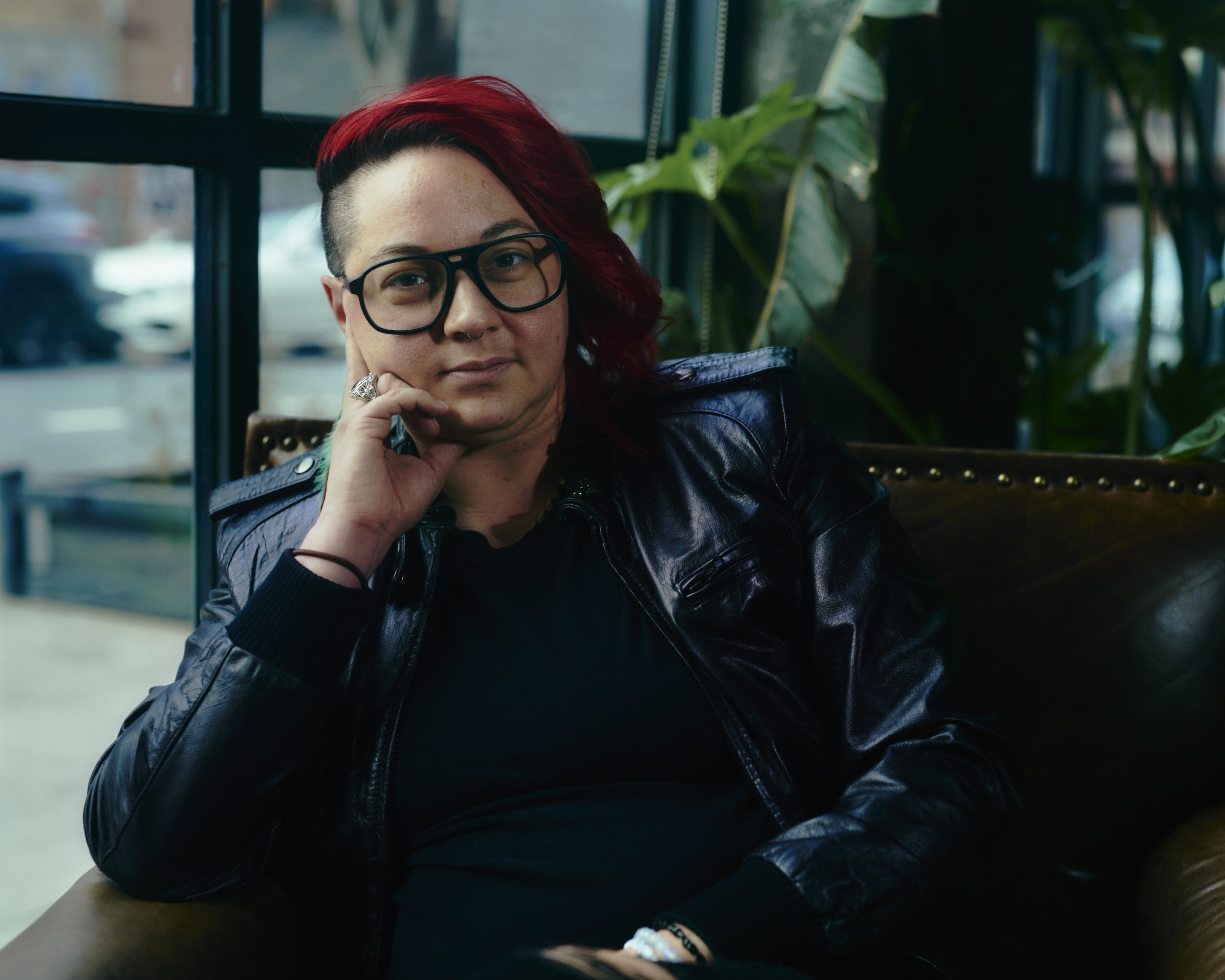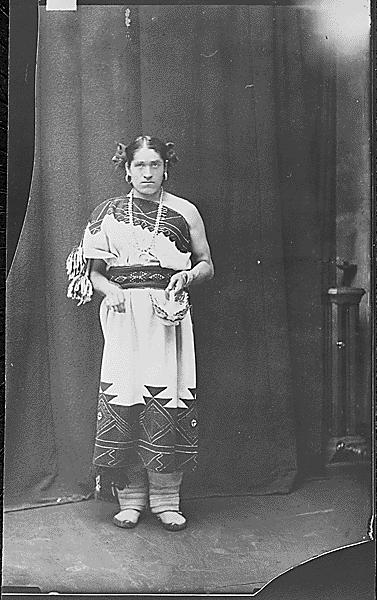BONUS 0.20. Dialing in to Gender: Tracing Trans Internet History with Avery Dame-Griff
/In this interview episode, Leigh sits down with scholar and creator of the Queer Digital History Project Avery Dame-Griff to discuss his book The Two Revolutions: A History of the Transgender Internet and all it contains about the magic of the evolution of trans folks on the internet. From BBSes (bulletin board system) to Twitter, we discuss how trans people have always existed on and created their own unique spaces on the World Wide Web, tapping into Avery’s extensive research, interviews, and media archaeology.
The Two Revolutions explores how the rise of the internet shaped transgender identity and activism from the 1980s to the present. Through extensive archival research and media archeology, Avery Dame-Griff reconstructs the manifold digital networks of transgender activists, cross-dressing computer hobbyists, and others interested in gender nonconformity who incited the second revolution of the title: the ascendance of "transgender" as an umbrella identity in the mid-1990s.
Dame-Griff argues that digital communications sparked significant momentum within what would become the transgender movement, but also further cemented existing power structures. Covering both a historical period that is largely neglected within the history of computing, and the poorly understood role of technology in queer and trans social movements, The Two Revolutions offers a new understanding of both revolutions-the internet's early development and the structures of communication that would take us to today's tipping point of trans visibility politics. Through a history of how trans people online exploited different digital infrastructures in the early days of the internet to build a community, The Two Revolutions tells a crucial part of trans history itself.
Dr. Avery Dame-Griff teaches courses on gender, race and sexuality in the US, LGBT studies, gender and technology, digital humanities, and feminist media studies at Gonzaga University. He founded and serves as primary curator of the Queer Digital History Project, an independent community history project cataloging and archiving pre-2010 LGBTQ spaces online. In 2022, he was selected to be a Public Humanities Fellow for Humanities Washington, developing a series of interactive online exhibits, teaching guides, and workshops about the history of LBGTQ+ communities in online spaces.
Where To Find Dr. Avery Dame-Griff Online:
More Exciting News in the World of Early Trans Internet!
As listeners may know, Leigh works at the GLBT Historical Society for their day job. And recently, a volunteer archivist, Cara Esten Hurtle, discovered an amazing CD-ROM containing the entirety of Transgender Forum, (TGForum.com) from 1995 to 1998, one of the largest trans communities online at that time, that Avery Dame-Griff also covers in his book! Hurtle uploaded the CD-rom online for anyone to peruse, and it’s absolutely amazing to see the 90s trans community right there before your very eyes!
The discovery has been covered by them online in a fantastic article which you can read here: This Archive Offers an Incredible Window Into the Early Trans Internet.
And you can peruse the CD-Rom of TGForum.com here, where Cara uploaded the archive! Just click the “START.HTM” file in the tgfcd window, and browse to your heart’s content! Want Leigh to do an interview with Cara about her discovery? Let us know!








